Red oak early fall?
jgross57
10 years ago
Related Stories
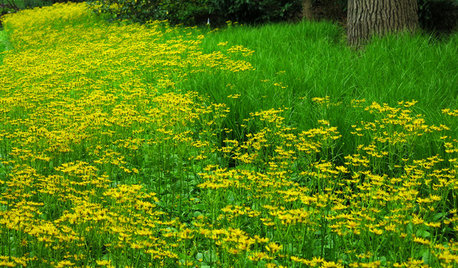
FALL GARDENING5 Native Early-Spring Bloomers to Plant This Fall
Think beyond tulips and daffodils this year with plants that you and native pollinators will love
Full Story
NATIVE PLANTSPlant These Fall-Flowering Natives in Early Summer for Pollinator Love
These 3 groups of plants will support masses of beneficial insects come autumn
Full Story
HOUZZ TV FAVORITESHouzz TV: See How Early Settlers Lived in This Restored Pilgrim House
Passionate restoration and preservation efforts give a 1665 home an honored place in the present
Full Story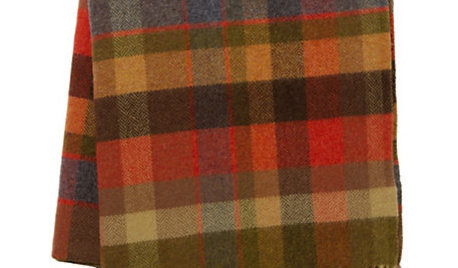
PRODUCT PICKSGuest Picks: An Early Autumn Picnic
Apple cider and s'mores, anyone? 20 finds to keep you entertaining outdoors into the fall
Full Story
COLOR10 Reasons to Fall in Love With Red Dining Chairs
The sexy color sits surprisingly well with many kinds of tables: modern and rustic, indoor and out, high-end and low-budget
Full Story
FALL GARDENING11 Trees for Brilliant Fall Color
Give your landscape the quintessential look of autumn with the red, orange and yellow leaves of these standouts
Full Story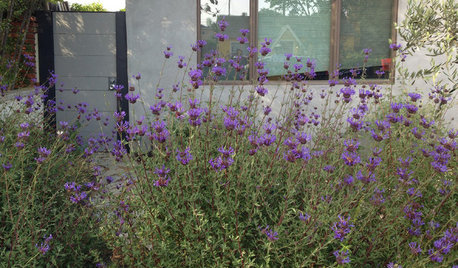
GARDENING GUIDES10 Late-Winter and Early-Spring Bloomers for the West
Tired of waiting for spring to arrive? Try these drought-tolerant, flowering plants for color that starts in late winter
Full Story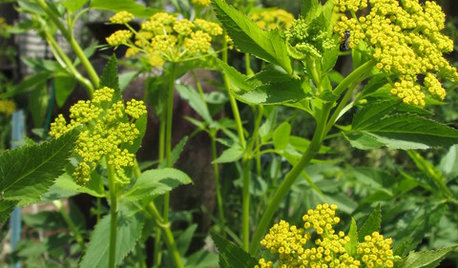
GARDENING GUIDESGreat Design Plant: Golden Alexanders for Early Spring Color
Get sunny flowers while other garden growers are still asleep, with this adaptable prairie plant beloved by butterflies
Full Story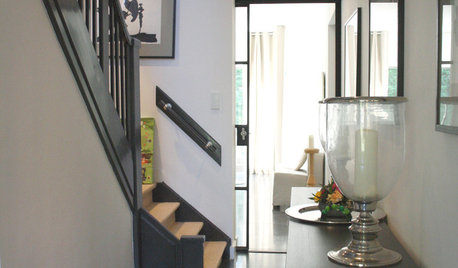
HOUZZ TOURSMy Houzz: Early 20th Century Meets Contemporary
Modern and ethnic touches blend effortlessly in this renovation of a 1920s home in The Hague
Full Story
LANDSCAPE DESIGN7 Great Trees for Summer Shade and Fall Color
These landscape-pro faves straddle the seasons beautifully. Could one enhance your own yard?
Full StoryMore Discussions







bostedo: 8a tx-bp-dfw
daninthedirt (USDA 9a, HZ9, CentTX, Sunset z30, Cfa)
Related Professionals
Deer Park Landscape Architects & Landscape Designers · Kyle Landscape Architects & Landscape Designers · Mitchellville Landscape Architects & Landscape Designers · Rossville Landscape Architects & Landscape Designers · Summit Landscape Architects & Landscape Designers · Roxbury Crossing Landscape Architects & Landscape Designers · Broadlands Landscape Contractors · Farmington Landscape Contractors · Flagstaff Landscape Contractors · Lorain Landscape Contractors · New Cassel Landscape Contractors · Plymouth Landscape Contractors · Everett Window Contractors · Coral Gables Window Contractors · Edwardsville Window Contractorsdaninthedirt (USDA 9a, HZ9, CentTX, Sunset z30, Cfa)
jgross57Original Author
PKponder TX Z7B
daninthedirt (USDA 9a, HZ9, CentTX, Sunset z30, Cfa)
lou_spicewood_tx
carrie751
daninthedirt (USDA 9a, HZ9, CentTX, Sunset z30, Cfa)
bostedo: 8a tx-bp-dfw
jgross57Original Author
daninthedirt (USDA 9a, HZ9, CentTX, Sunset z30, Cfa)